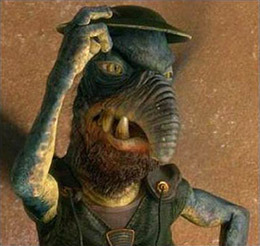If you go to any of the older WotC products on the Dungeon Master's Guild, they now have a new disclaimer very similar to that currently found at the start of Looney Tunes cartoons.

We recognize that some of the legacy content available on this website, does not reflect the values of the Dungeon & Dragons franchise today. Some older content may reflect ethnic, racial and gender prejudice that were commonplace in American society at that time. These depictions were wrong then and are wrong today. This content is presented as it was originally created, because to do otherwise would be the same as claiming these prejudices never existed. Dungeons & Dragons teaches that diversity is a strength, and we strive to make our D&D products as welcoming and inclusive as possible. This part of our work will never end.
The wording is very similar to that found at the start of Looney Tunes cartoons.

Edit: Wizards has put out a statement on Twitter (click through to the full thread)
We recognize that some of the legacy content available on this website, does not reflect the values of the Dungeon & Dragons franchise today. Some older content may reflect ethnic, racial and gender prejudice that were commonplace in American society at that time. These depictions were wrong then and are wrong today. This content is presented as it was originally created, because to do otherwise would be the same as claiming these prejudices never existed. Dungeons & Dragons teaches that diversity is a strength, and we strive to make our D&D products as welcoming and inclusive as possible. This part of our work will never end.
The wording is very similar to that found at the start of Looney Tunes cartoons.
Edit: Wizards has put out a statement on Twitter (click through to the full thread)


